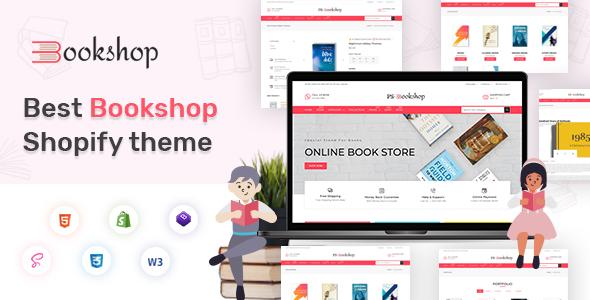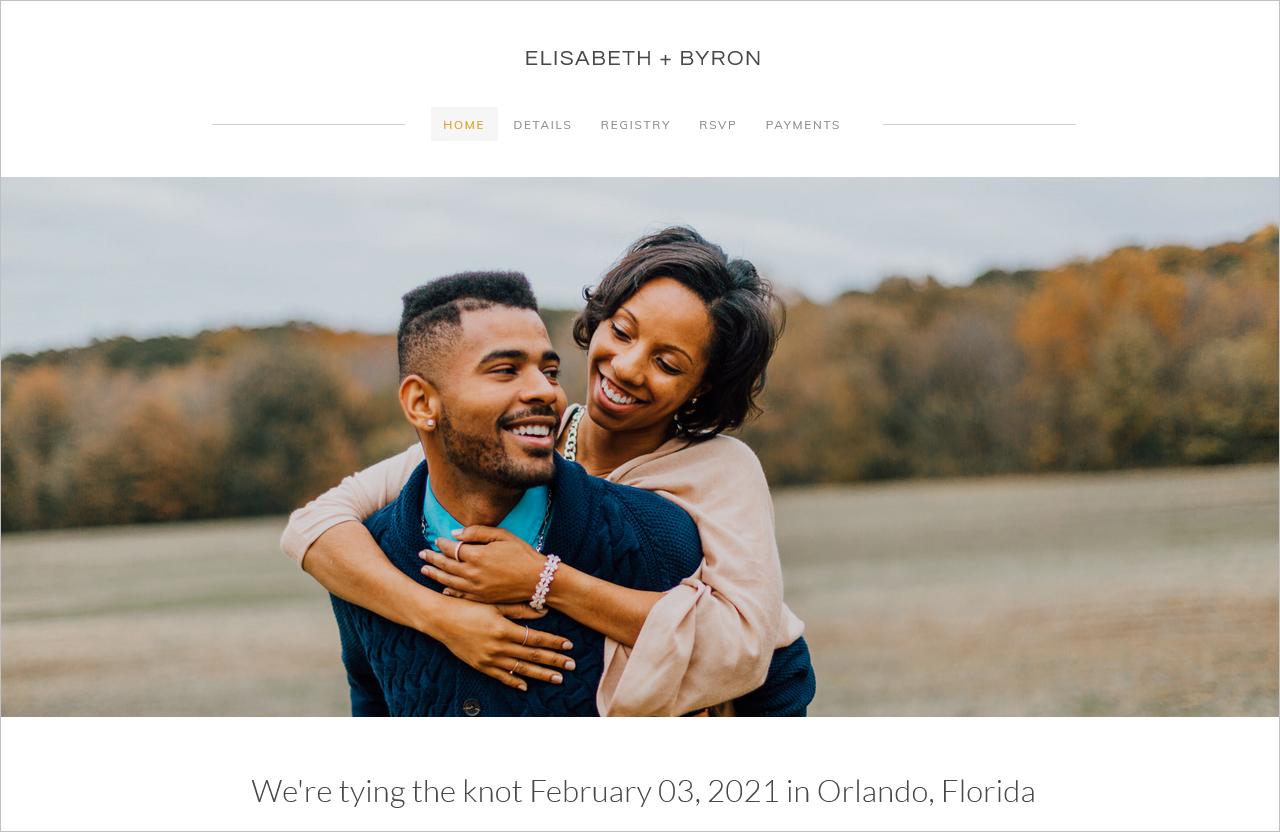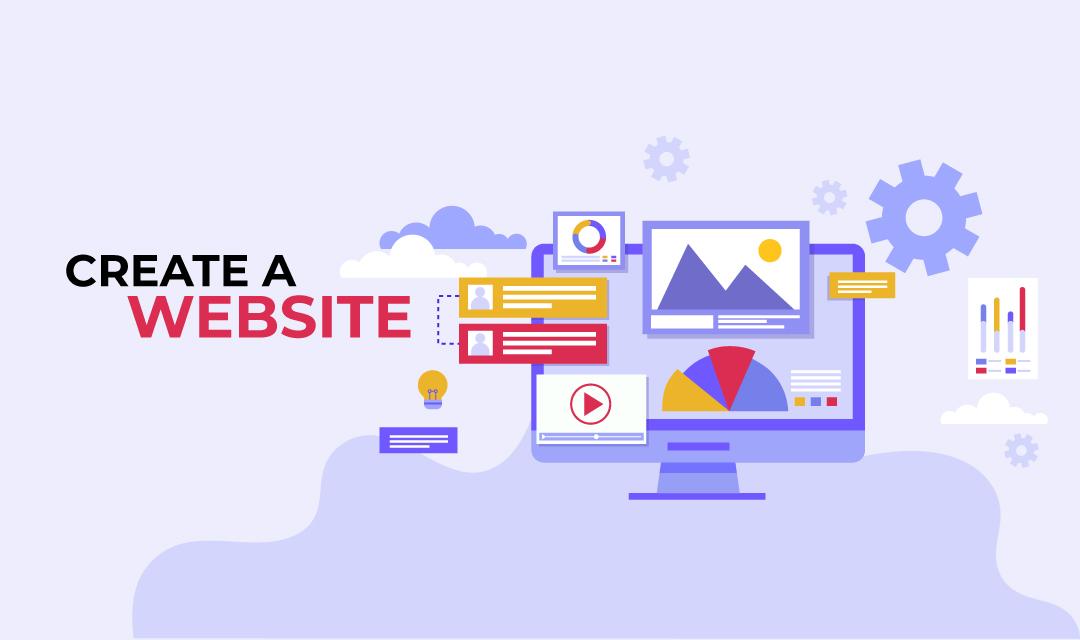Are you ready to turn your entrepreneurial dreams into reality? Launching a Shopify store is an exciting step, but let’s face it—having a beautiful store is just the beginning. The real challenge lies in getting visitors to hit that “buy now” button.In a world brimming with online options, how do you ensure your store stands out and converts casual browsers into loyal customers? In this article, we’re going to dive into the essential strategies and insider tips that will help you build a Shopify store that not only attracts attention but also drives sales. Whether you’re a seasoned seller or just starting out, get ready to transform your store into a conversion powerhouse. Let’s get to work!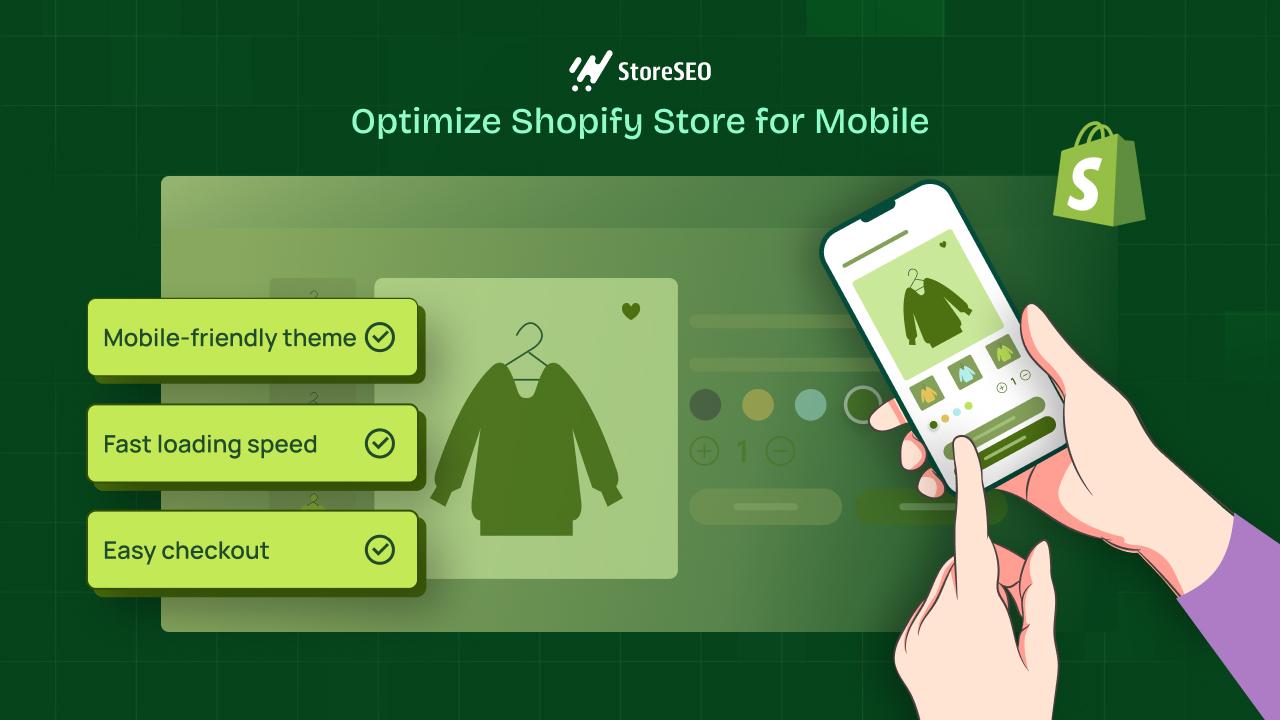
How to Choose the Perfect Niche for Your Shopify Store
choosing the right niche for your Shopify store is crucial for ensuring its success. A well-defined niche not only helps you target the right audience but also sets your brand apart in a crowded marketplace. Start by exploring your passions and interests; after all, a business built around what you love is more likely to thrive. Ask yourself: What excites you? What do you enjoy discussing with others? By aligning your store with your interests, you’ll find the motivation to push through challenges.
Next, conduct thorough market research to identify potential opportunities. Look for gaps in the market where demand exceeds supply. Tools like Google trends, social media platforms, and keyword research can provide valuable insights into what customers are searching for. Analyze competitors in your potential niche: what are they doing well, and where are they falling short? This exercise not only helps you understand the landscape but also allows you to refine your unique selling proposition (USP).
Consider the long-term viability of your chosen niche.While trendy items may offer a fast profit, they frequently enough lack sustainability. focus on niches that are not only popular now but also have a proven track record of growth. Here are some factors to consider when assessing your niche:
- Market Size: Is there a sufficient audience for your products?
- Trends: Are the products likely to remain popular, or are they just a passing fad?
- Profit Margins: Will you be able to price your products competitively while maintaining a healthy profit?
validate your niche idea before fully committing. Build a landing page or run a small ad campaign to gauge interest. You can also engage with potential customers on social media or forums to gather feedback. This will not only help you assess market demand but also allow you to fine-tune your offerings.Remember,the best niche is one that you’re passionate about,has a solid market demand,and offers room for growth.
| Niche Considerations | Importance Level |
|---|---|
| Personal Passion | High |
| Market Demand | Very High |
| Competition Analysis | Medium |
| Long-term Viability | High |
| Profit Margins | Critical |
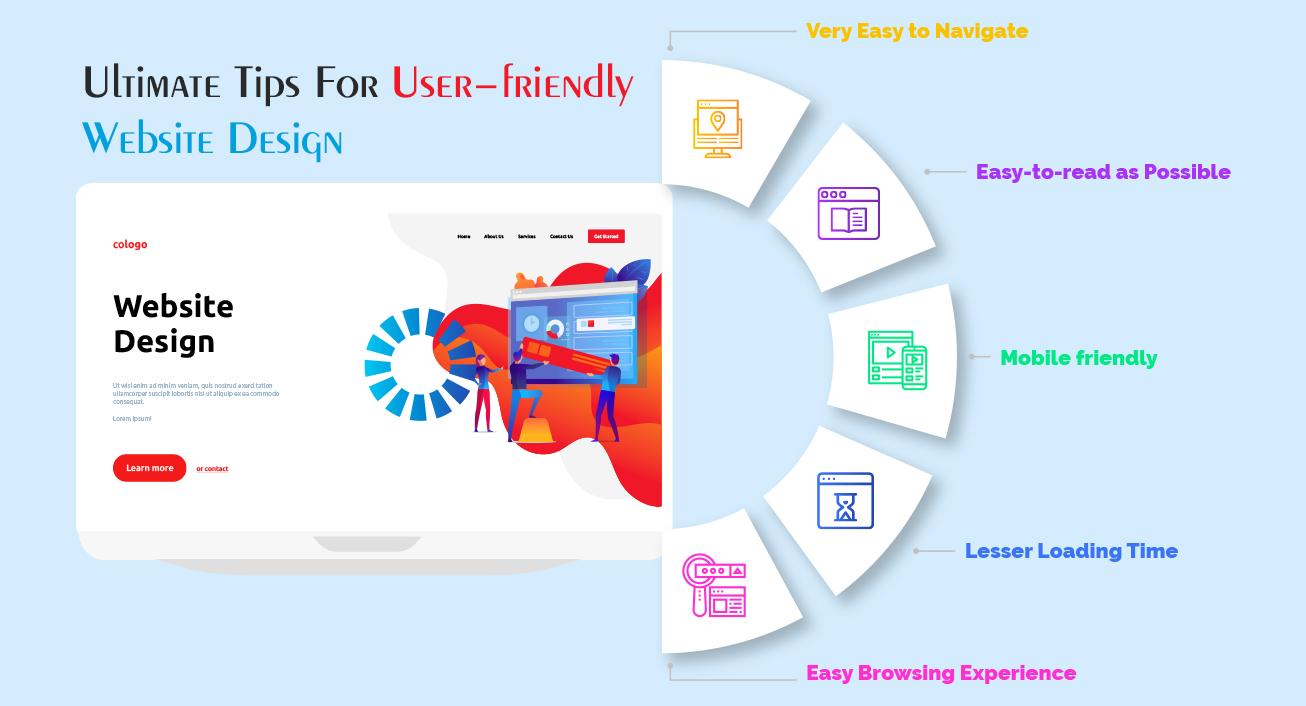
Crafting a User-Friendly Design That Captivates Shoppers
Creating a Shopify store that truly resonates with your audience goes beyond just showcasing products. It’s about building a user-friendly experience that draws in potential customers and keeps them engaged. A well-crafted design not only showcases your brand’s personality but also facilitates seamless navigation, helping shoppers find what they need without frustration.
To start, consider the layout of your store. A clean and intuitive structure is vital. Here are some key elements to focus on:
- Clear Navigation: Ensure your menu is straightforward, with categories that make sense to your audience.
- Mobile Responsiveness: With a notable number of shoppers using mobile devices, your store must look great and function well on all screen sizes.
- High-Quality Images: Invest in professional product photography. Images should be zoomable and provide multiple angles to give customers a comprehensive view.
Another crucial aspect is the checkout process. Simplifying this step can significantly reduce cart abandonment rates. Here’s how you can enhance the checkout experience:
| Feature | Benefit |
|---|---|
| Guest Checkout | Reduces friction for first-time buyers. |
| Multiple Payment Options | Caters to diverse customer preferences. |
| Progress Indicators | Keeps users informed about where they are in the process. |
Incorporating customer reviews and testimonials can also boost trust and credibility. Displaying social proof reassures potential buyers that they are making a sound decision. Make sure to highlight:
- star ratings: Visible ratings can quickly convey product quality.
- Customer Photos: Real-life images of products being used add authenticity.
- Detailed Reviews: Encourage customers to share their experiences, as detailed insights can be incredibly persuasive.
don’t underestimate the power of branding. Your store’s aesthetics – from color schemes to typography – should align with your brand identity. Consistency fosters recognition and trust, making your store memorable. make sure your design reflects your unique selling proposition, which will help you stand out in a crowded marketplace.

Essential product Descriptions That Drive Sales
In the highly competitive world of e-commerce, your product descriptions are more than just words—they’re persuasive sales tools that can make or break a purchase. To captivate potential buyers, you need to craft descriptions that resonate with their needs and desires. Here’s how to create product descriptions that not only inform but also inspire action.
Know Your Audience
Understanding your target market is crucial. Tailor your language and tone to match their preferences. Consider the following:
- Demographics: age, gender, location, and interests can shape how you frame your descriptions.
- Pain Points: Identify the problems your product solves for your customers.
- Desires: What benefits do your customers seek? Highlight these in your descriptions.
Tell a Story
People connect with stories on an emotional level. Use storytelling techniques to paint a vivid picture of how your product fits into their lives. For instance, instead of simply stating the features of a blender, you could evoke imagery of a busy morning where someone whips up a nutritious smoothie in seconds. This approach not only informs but also creates a visual and emotional connection.
Highlight Key Features and Benefits
| Feature | Benefit |
|---|---|
| Durable Material | Lasts longer and saves money on replacements |
| Eco-friendly Design | Contributes to sustainability and attracts conscious buyers |
| Easy to Use | Simplifies your life, making daily tasks effortless |
When listing features, always frame them in terms of benefits. This helps customers understand what’s in it for them, compelling them to click that “Buy Now” button.
Use Persuasive Language
Words matter. Utilize powerful adjectives and action verbs to create urgency and excitement. Phrases like “limited edition,” “exclusive offer,” or “don’t miss out” can compel customers to act quickly. Incorporating social proof, such as customer reviews or testimonials, can further amplify the trust factor, making them more likely to complete their purchase.
Optimize for Search
While crafting engaging product descriptions, don’t overlook SEO. Integrating relevant keywords will help your products rank higher in search results, increasing visibility and attracting more potential buyers. However, ensure that your keywords fit naturally within the text to maintain a conversational tone.
Leveraging High-Quality Images to boost Conversions
In the world of e-commerce, first impressions are crucial, and high-quality images play a pivotal role in shaping those impressions. When potential customers land on your Shopify store, they should be captivated by stunning visuals that showcase your products in their best light.Using high-resolution images can significantly enhance the user experience, making it easier for customers to envision themselves with your products.
Here are some key reasons why investing in high-quality images is essential for boosting conversions:
- Visual Appeal: Crisp and vibrant images attract attention and draw customers in, making them more likely to explore your offerings.
- Trust and Credibility: Professional images convey a sense of quality and trustworthiness,reassuring customers about the value of their purchase.
- reduced Return Rates: When customers can see detailed images of a product, they make more informed decisions, leading to fewer returns and exchanges.
Furthermore, consider the impact of context in your product photography. displaying images that show your products in use or in lifestyle settings helps customers visualize their application in real life. this technique resonates well with consumers, as they can better relate to the product and envision how it fits into their own lives. As an example, if you sell outdoor gear, showcase your products in scenic environments where they would typically be used.This storytelling element can create an emotional connection and encourage purchases.
One effective strategy is to implement a combination of product zoom features and multiple angles. This not only allows customers to examine the details but also gives them confidence in the quality of what they’re buying. You might consider integrating an image gallery that includes:
| Image Type | Description |
|---|---|
| Close-up shots | Highlighting intricate details and textures. |
| Lifestyle Images | Showcasing products in real-world contexts. |
| Size Comparisons | Helping customers gauge the dimensions of products. |
Lastly, don’t forget about the mobile experience. As more consumers shop via their smartphones, ensuring that your images load quickly and display beautifully on smaller screens is key. Optimize your images for web use without compromising quality to keep your loading times down. By prioritizing high-quality visuals across all devices,you enhance accessibility and convenience,further encouraging conversions.
Optimizing Your Store for Mobile Shoppers
In today’s digital age,having a mobile-optimized store is no longer optional; it’s a necessity. With over half of all online shopping done through mobile devices, ensuring your Shopify store caters to these users can significantly enhance your conversion rates. Here are some key strategies to ensure your store is optimized for mobile shoppers:
- Responsive Design: Choose a theme that provides a seamless experience across all devices. A responsive design automatically adjusts to diffrent screen sizes, making navigation easy and enjoyable for mobile users.
- Fast Loading Speeds: Mobile shoppers are often on the go, and they expect quick access to your store.Optimize images, enable browser caching, and consider using a content delivery network (CDN) to improve loading times.
- Simplified Navigation: Keep your mobile menu clean and straightforward.Use a hamburger menu to save space and prioritize critically important categories that users can easily access.
- Clear Calls-to-Action: Make your CTAs prominent and persuasive.Use contrasting colors and large buttons that are easy to tap, guiding users seamlessly through their shopping journey.
Another vital aspect to consider is the checkout process. A intricate or lengthy checkout can lead to cart abandonment, especially on mobile devices. Simplifying this process can retain customers and boost sales:
| Checkout Optimization Tips | Description |
|---|---|
| Guest Checkout | allow users to purchase without creating an account to speed up the process. |
| Autofill Options | Enable autofill for forms to make entering data quicker and easier. |
| Mobile Wallet Integration | Support services like Apple Pay and google Wallet for faster transactions. |
Don’t overlook the importance of high-quality images and concise product descriptions. Mobile screens can be small, but engaging visuals and clear information can greatly impact purchasing decisions. Use high-resolution images that showcase your products well, and keep your descriptions brief yet informative. Use bullet points to highlight key features and benefits,making it easy for shoppers to scan through information.
always test your store’s mobile experience. Utilize tools like Google’s Mobile-Friendly Test to identify areas for improvement. Regularly collecting user feedback can also provide insights into how shoppers interact with your site and reveal frustrations that may deter conversions.
implementing Effective Marketing Strategies That Work
when it comes to driving traffic and ensuring your Shopify store converts visitors into loyal customers, effective marketing strategies are essential. Understanding your target audience is the first step; you need to know their preferences, pain points, and shopping habits. Tailor your messaging to resonate with their needs, and you’ll create a connection that encourages them to choose your store over competitors.
search Engine Optimization (SEO) is a game-changer for online stores.Optimize your product descriptions and blog content with relevant keywords to improve your visibility on search engines. Utilize tools like Google Keyword Planner to find terms your audience is searching for. Consider the following tactics:
- Use descriptive and keyword-rich product titles.
- Write engaging meta descriptions that compel users to click.
- Incorporate alt text in images for better indexing.
Don’t underestimate the power of social media marketing. Platforms like Instagram, Facebook, and Pinterest are visual-driven and can significantly enhance your brand’s appeal. share high-quality images of your products, run targeted ads, and engage with your audience through polls and Q&A sessions. Here’s how to maximize your social media presence:
- Post consistently to keep your audience engaged.
- Utilize influencer partnerships to broaden your reach.
- Engage with followers by responding to comments and messages promptly.
Email marketing remains a powerhouse in converting potential customers. Develop a compelling newsletter that offers value to your subscribers, such as exclusive discounts or first access to new products. Segmentation is key; tailor your messages based on user behavior and preferences. Here’s a simple email marketing strategy:
| Segmentation | Approach |
|---|---|
| New Subscribers | Welcome email with a discount code. |
| Abandoned Cart | Follow-up email with product reminders and incentives. |
| Frequent Buyers | Loyalty rewards and personalized recommendations. |
monitor and analyze your marketing efforts. Use analytics tools to track customer behavior, sales conversions, and traffic sources. This data will help you refine your strategies and make informed decisions. A/B testing different approaches can uncover what resonates with your audience, whether it’s the wording of your calls-to-action or the images you use on product pages. The key is to stay adaptable and open to change, ensuring your marketing strategies evolve with your brand and audience.

Building Trust with Customer Reviews and Testimonials
In today’s digital marketplace, potential customers are more informed than ever. they rely heavily on customer reviews and testimonials to guide their purchasing decisions. building a Shopify store that converts means leveraging these insights to establish credibility and trust with your audience.
When customers see authentic testimonials from real users, they gain confidence in your products. Consider including a variety of reviews that highlight different aspects of your offerings. Here are some key elements to emphasize:
- Real Experiences: Showcase genuine feedback that reflects the actual experiences of your customers.
- Diverse Perspectives: Include testimonials from customers of different demographics to appeal to a wider audience.
- Visual Proof: Incorporate photos or videos of satisfied customers using your products, as visual aids can enhance credibility.
additionally, creating a dedicated section on your Shopify store for reviews can be a game-changer.This section not only serves as social proof but also allows visitors to quickly grasp what others think about your products. To make it more effective, consider using a table format to organise feedback based on product categories:
| Product | Customer Name | Rating | review Summary |
|---|---|---|---|
| Stylish Sneakers | Jane D. | ⭐⭐⭐⭐⭐ | super cozy and trendy! |
| Eco-Friendly Water Bottle | John S. | ⭐⭐⭐⭐ | Great quality, but a bit pricey. |
| Wireless Earbuds | Emily R. | ⭐⭐⭐⭐⭐ | Excellent sound quality and battery life. |
Encourage your customers to leave reviews by simplifying the process. Send follow-up emails post-purchase,prompting them to share their thoughts. You might even consider offering small incentives, like discounts or loyalty points, to motivate feedback. Remember, the more reviews you gather, the more robust your store’s reputation becomes.
Ultimately, the goal is to foster a community around your brand where customers feel valued and heard. By prominently displaying testimonials and actively seeking customer feedback, you will not only attract new customers but also build lasting relationships that drive repeat business. Trust is a powerful currency in e-commerce,and by investing in customer reviews,you’re setting your Shopify store up for success.
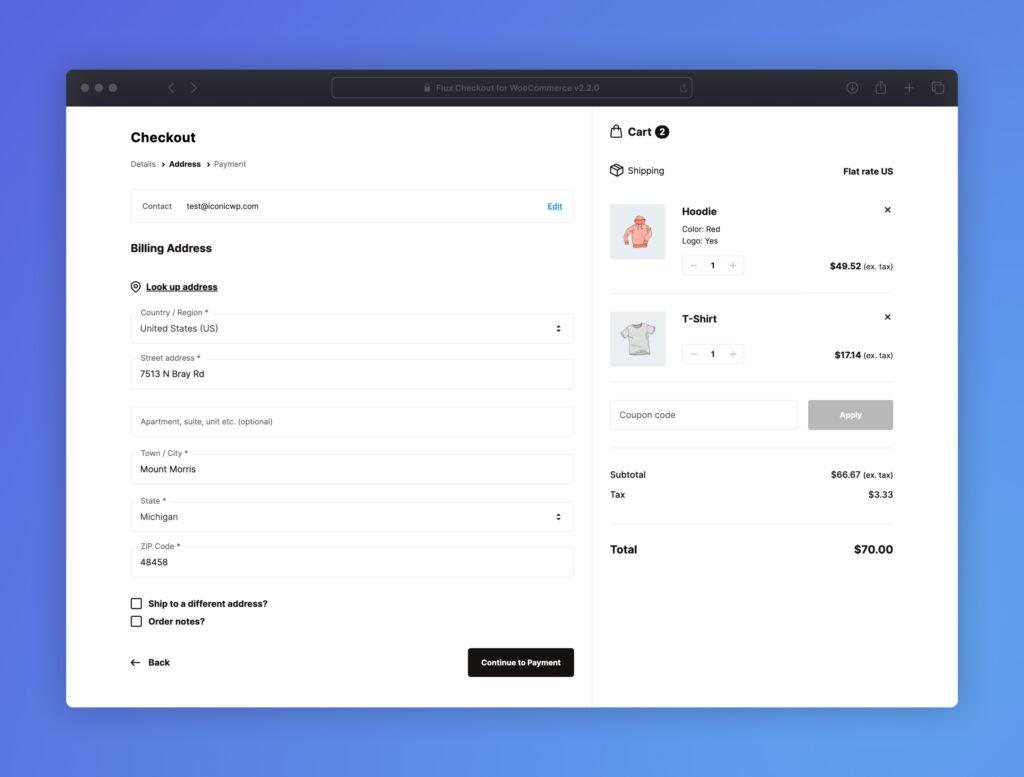
Streamlining the Checkout Process for Higher Conversion Rates
When it comes to converting visitors into buyers, the checkout process can make or break your Shopify store’s success. A complex or lengthy checkout experience can lead to cart abandonment, which is a missed possibility for your business. To ensure that potential customers complete their purchases,focus on simplicity and efficiency.
Here are some strategies to consider:
- Simplify Your checkout Form: Keep the required fields to a minimum. Only ask for information that is absolutely essential, such as shipping address and payment details. The more fields a customer has to fill out, the more likely they are to abandon their cart.
- Guest Checkout Option: Allow customers to make purchases without creating an account. Forcing users to sign up can deter them from completing their orders. Offer the option to create an account after the purchase is complete.
- Progress Indicators: Incorporate a progress bar to show users how far along they are in the checkout process. This transparency can reduce anxiety and encourage completion.
- Mobile Optimization: Ensure that your checkout process is fully optimized for mobile devices. A significant portion of shopping is done on smartphones, so it’s crucial that users have a seamless experience nonetheless of the device they’re using.
Additionally, consider implementing trust signals to reassure customers during their checkout:
| Trust Signal | Description |
|---|---|
| Security Badges | display recognizable security logos to indicate that transactions are safe. |
| Money-Back Guarantee | Offer a clear return policy to build confidence in your products. |
| Customer Reviews | Include testimonials or ratings to show the positive experiences of past customers. |
Lastly, consider offering multiple payment options. Not all customers prefer the same payment method, so providing a variety of choices—such as credit cards, PayPal, Apple Pay, and even buy now, pay later services—can significantly enhance the likelihood of completing a purchase.
By streamlining your checkout process and addressing potential customer concerns proactively, you can significantly increase your conversion rates.Remember, each step you take towards making the checkout experience smoother and more user-friendly is a step towards boosting your bottom line.

Utilizing Analytics to Continuously Improve Your Store
To truly optimize your Shopify store, leveraging analytics is key. It’s not just about collecting data; it’s about understanding and interpreting it effectively.By harnessing the power of analytics, you can make informed decisions that enhance user experience and drive conversions.
Start by monitoring essential metrics such as:
- Traffic Sources: Identify where your visitors are coming from—social media, search engines, or direct visits. Understanding this will help you allocate your marketing efforts more effectively.
- Conversion Rate: Track how many visitors complete a purchase. A low conversion rate may indicate issues with your product pages or checkout process.
- Cart Abandonment Rate: analyze why customers are leaving items in their carts. This can give insights into pricing, shipping, or website usability.
Utilizing tools like Google Analytics or Shopify’s built-in reports can provide you with rich insights. Consider setting up conversion tracking to see which products are performing best. This data can help you:
- Identify high-performing products to promote.
- Adjust your inventory based on demand.
- Tailor your marketing strategies to highlight best-sellers.
Another powerful strategy is A/B testing. Experiment with different layouts, colors, and calls to action on your site.As a notable example, a simple change in button color could significantly impact your conversion rate. Keep an eye on the results and adjust accordingly; even small tweaks can lead to big wins!
Additionally, consider segmenting your audience based on their behavior. Create personalized experiences for returning customers versus new visitors. Send targeted emails or offer specific promotions based on their past interactions with your store. This level of personalization can foster loyalty and increase sales.
| Metric | Typical Value | Action |
|---|---|---|
| Traffic Sources | 40% Organic, 30% Social, 30% Direct | Focus on SEO and social media marketing |
| Conversion Rate | 2-5% | Optimize product pages and checkout process |
| Cart Abandonment Rate | 60-80% | Implement retargeting ads and email reminders |
By making data-driven decisions and continuously refining your strategies based on real-time analytics, you can create a Shopify store that not only attracts visitors but also converts them into loyal customers. Dive into your analytics today and unlock the full potential of your online store!

Engaging Customers with Email Marketing and Retargeting Campaigns
Email marketing is an essential tool for engaging customers and driving sales in your Shopify store. By developing personalized email campaigns, you can create meaningful connections with your audience. Use customer segmentation to target specific groups based on their preferences and behaviors.here are some effective strategies:
- Welcome Emails: Capture your audience’s attention right away with a warm welcome message that highlights your brand’s unique selling points.
- Abandoned Cart Reminders: Send timely reminders to customers who left items in their cart, offering them a small incentive like a discount or free shipping to complete their purchase.
- exclusive Promotions: Reward loyal customers with special offers or early access to sales, making them feel appreciated and more likely to return.
Retargeting campaigns complement your email marketing efforts by focusing on users who have interacted with your site but haven’t converted yet. By displaying targeted ads across various platforms, you can remind potential customers of the products they viewed or added to their cart. Here’s how to maximize the effectiveness of your retargeting strategy:
- Dynamic Ads: Use dynamic retargeting ads that automatically show products based on the viewer’s previous interactions, increasing the chances of conversion.
- Frequency Capping: Avoid overwhelming customers by limiting the number of times they see your ads, ensuring your brand remains top-of-mind without becoming intrusive.
- A/B Testing: Experiment with different ad creatives and messaging to determine what resonates best with your audience for optimal results.
Combining these approaches creates a powerful synergy that not only increases customer engagement but also drives conversions. By keeping your audience informed and reminded of their interests, you create a seamless shopping experience that encourages them to complete their purchases.
| Campaign Type | Purpose | Best Practices |
|---|---|---|
| Email Marketing | Engagement & Retention | Segment audience; personalize offers. |
| Retargeting Ads | Conversion Optimization | Use dynamic ads; analyze performance. |
Frequently Asked Questions (FAQ)
Q&A: Build a Shopify Store that Actually Converts
Q: Why is it important to focus on conversions when building a Shopify store?
A: Great question! Focusing on conversions is crucial because it directly impacts your revenue. A beautiful store is nice, but if visitors aren’t turning into customers, you’re missing out on sales. By optimizing for conversions, you ensure that your marketing efforts pay off, leading to a more profitable business.
Q: What are the first steps I should take when setting up my Shopify store?
A: Start with a solid foundation! Choose a niche that you’re passionate about and that has a market. Then, select a user-friendly theme that reflects your brand. Don’t forget to optimize your store for mobile users—after all,many shoppers browse on their phones!
Q: How can I make my store visually appealing?
A: Visuals matter! Use high-quality images that showcase your products effectively. Invest in professional photography if you can. Also, maintain a consistent color scheme and typography that aligns with your brand identity. Remember, first impressions count!
Q: What role does product description play in conversions?
A: Product descriptions are your sales pitch! They should be engaging and informative, highlighting the benefits and features of your products. Use persuasive language that speaks to your target audience’s needs and desires. Don’t forget to incorporate keywords for SEO!
Q: Should I offer discounts or promotions?
A: Absolutely! Discounts and promotions can entice customers to make a purchase, especially if they’re time-sensitive. Consider using tactics like “buy one, get one” or limited-time offers to create urgency. Just ensure that your pricing strategy still allows for profitability.
Q: How important is social proof in boosting conversions?
A: Social proof is a game-changer! Customer reviews, testimonials, and user-generated content can significantly influence buying decisions. Showcase positive feedback prominently on your store to build trust and encourage hesitant buyers to click that “buy” button.
Q: How can I optimize my checkout process to reduce cart abandonment?
A: Streamlining the checkout process is key! Minimize the number of steps, offer guest checkout options, and provide multiple payment methods. Clear shipping information and reassurances about security can also help alleviate any concerns shoppers may have.
Q: what role does SEO play in driving traffic and, ultimately, conversions?
A: SEO is essential for attracting organic traffic to your store. By optimizing your product pages with relevant keywords, meta descriptions, and alt texts, you can improve your visibility in search results. More traffic means more opportunities for conversions!
Q: How can I effectively market my Shopify store?
A: Utilize a mix of marketing strategies! Consider social media advertising, influencer partnerships, and email marketing.Content marketing, like blog posts and videos, can also help attract and engage your audience. The more you promote your store, the more customers you’ll reach!
Q: Lastly, how do I track the performance of my store and make improvements?
A: Use analytics tools available within Shopify and Google Analytics to track performance metrics like traffic, conversion rates, and bounce rates. Regularly review this data to identify areas for improvement and experiment with changes to see what works best for your audience.
Q: Any final tips for those looking to build a successful Shopify store?
A: Stay adaptable and be willing to learn! The eCommerce landscape is always changing, so keep an eye on trends and continually optimize your store. Engage with your customers,gather feedback,and never stop testing new ideas.Your efforts will pay off in the long run!
Future Outlook
As we wrap up our journey into the world of building a Shopify store that truly converts, let’s take a moment to reflect on the key takeaways. Creating a successful online store isn’t just about throwing together a website and hoping for the best. It’s about understanding your audience, crafting an engaging user experience, and leveraging the right tools and strategies to drive sales.
Remember, every small detail counts—from your product descriptions and images to your site’s layout and navigation. Don’t shy away from testing different approaches and optimizing based on what works best for your shoppers.
so, are you ready to take the plunge and transform your Shopify store into a conversion powerhouse? You’ve got the knowledge; now it’s time to put it into action! Embrace the process, stay adaptable, and keep your customers at the heart of every decision you make.
Let’s get started on this exciting journey toward e-commerce success. Your dream store is just a few clicks away—so why wait? Happy selling!

